
Using cosmetic applicators for weathering: When I asked my wife if we could walk through the cosmetic department at the local drugstore, she gave me a puzzled look. However, this part of the store is home to some fantastic weathering tools, including foam-tipped cosmetic applicators. I used the applicators to simulate rust and paint wear […]
Read More…
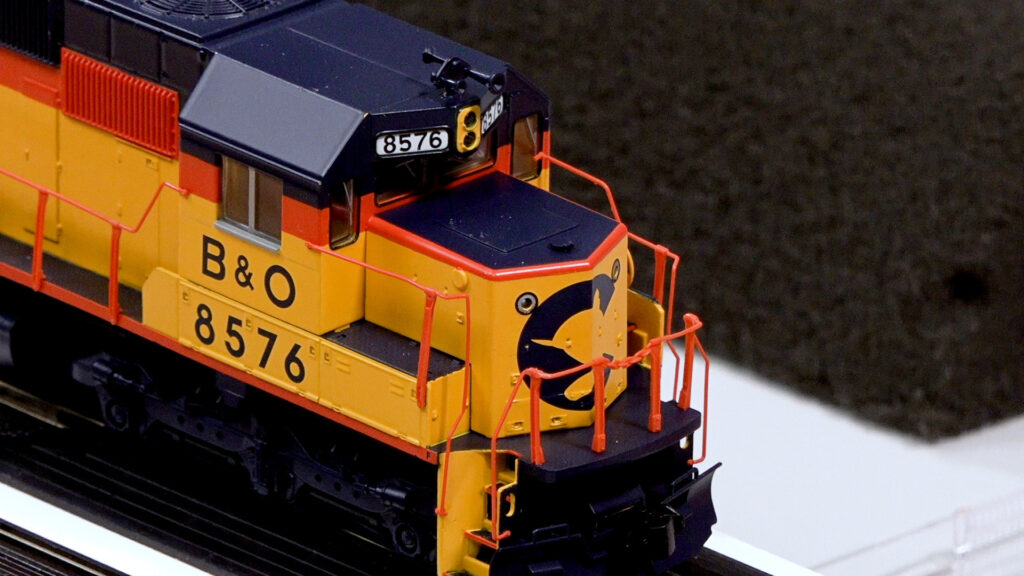
Locomotive disassembly essentials: Locomotive disassembly is an essential skill to learn. Follow along to learn how to disassemble and reassemble a WalthersMainline HO scale Electro-Motive Division (EMD) SD50. The first step is to remove the draft-gear boxes and couplers. The front and rear boxes are secured with a single Phillips-head screw. Remove the screw and […]
Read More…

Cody discusses the nail hole pattern on Atlas code 100 track, and provides insights into the structure of Atlas code 100 track. Are you looking to learn more about your model railroad, or do you have questions about full-size trains? Send us an email at: AskTrains@trains.com ………………………………… Ask Trains is a regular video feature of […]
Read More…
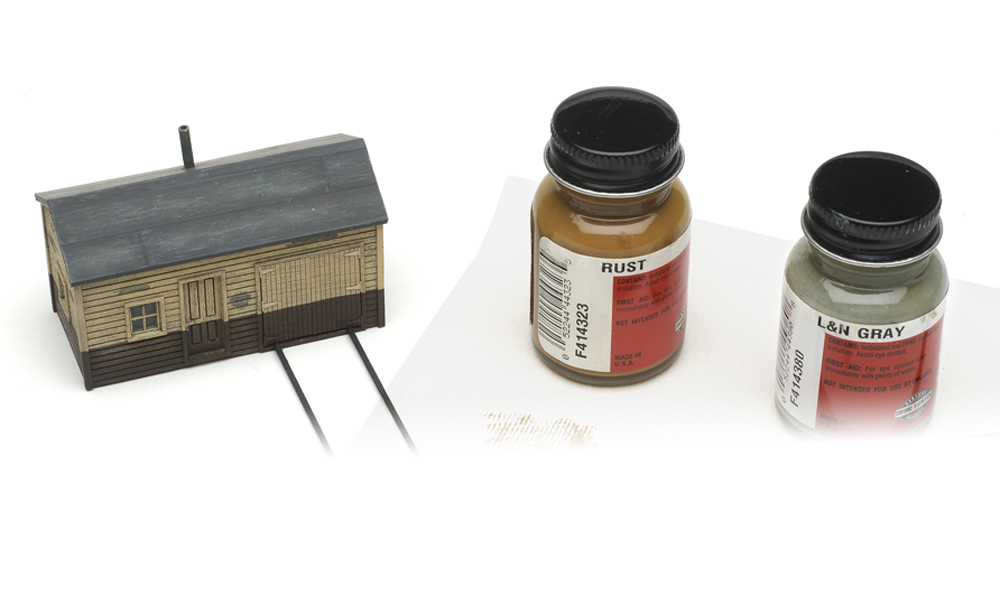
Weathering structures with drybrushing: Drybrushing is one of the easier weathering techniques in modeling. I’ve used this technique for years on structure roofs, such as this HO scale motor car/work shed produced for the Northern Pacific Ry. Historical Society. However, I’ve also used drybrushing successfully to weather locomotive truck sideframes (covered in the April 2010 […]
Read More…
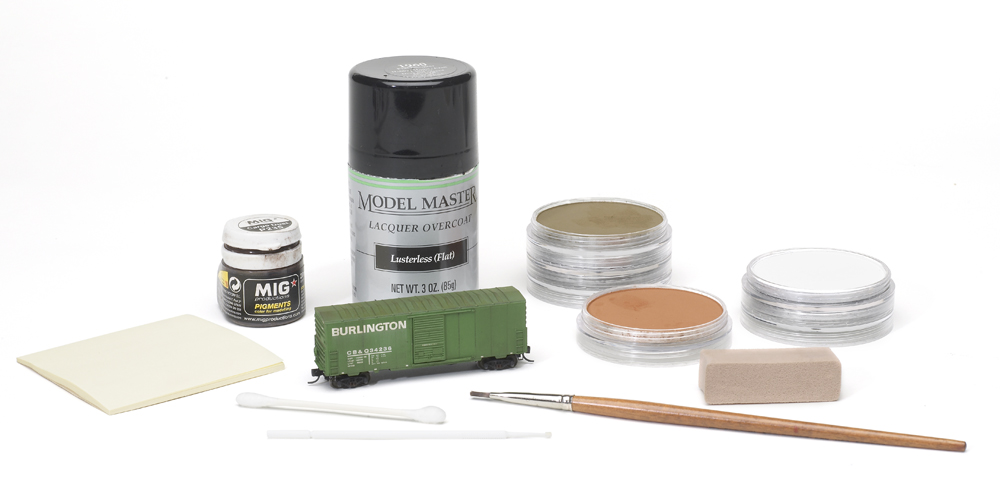
How to weather with powdered pastels: Powdered pastels have long been a popular choice for weathering locomotives, freight cars, and buildings. There are several firms that offer ready-to- use weathering powders, or you can make your own by scraping pastel sticks with a hobby knife. I started work on this N scale Micro-Trains boxcar by […]
Read More…
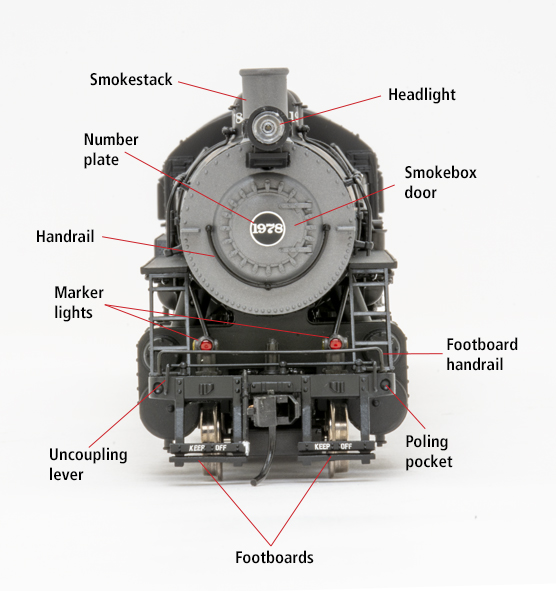
Counting articulateds, compounds, and foreign steam locomotives, there are more than 90 steam engine wheel arrangements listed in the Whyte locomotive classifications. Which arrangement was the most common? The 2-8-0. Approximately 21,000 Consolidations were built between 1866 and 1946. To learn more about the prototype, read “Steam locomotive profile: 2-8-0 Consolidation” on the Classic Trains […]
Read More…
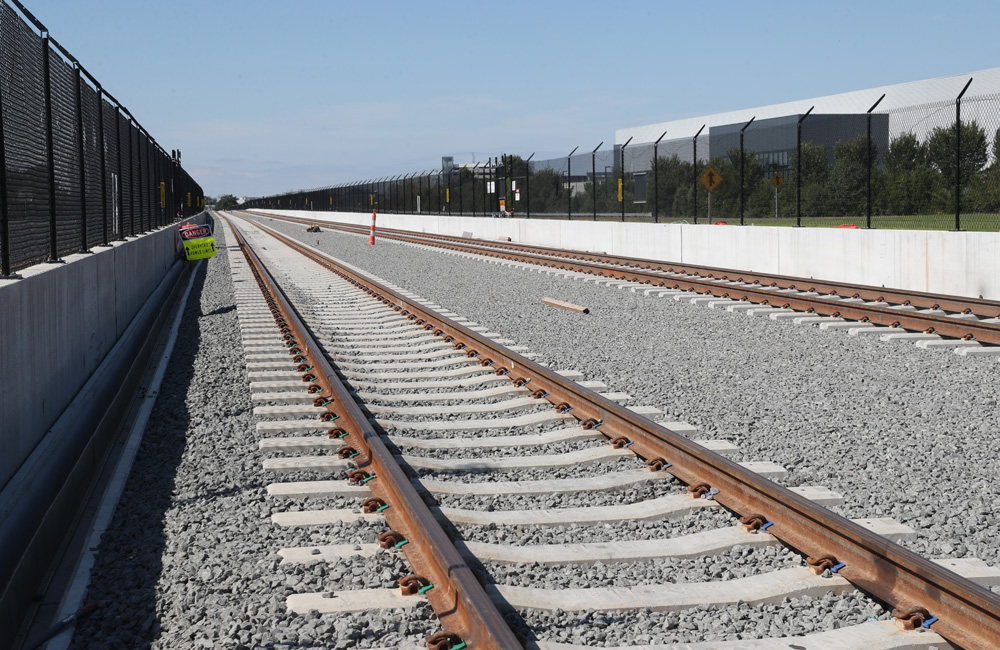
Q: Why do some railroads use concrete ties versus wood ties? I live near Altoona, Pa., where the Norfolk Southern runs, and they use all wood ties. – Mark Kroll A: There are a few reasons why a railroad might choose concrete ties over wood ties, but generally they all boil down to economics. Concrete […]
Read More…
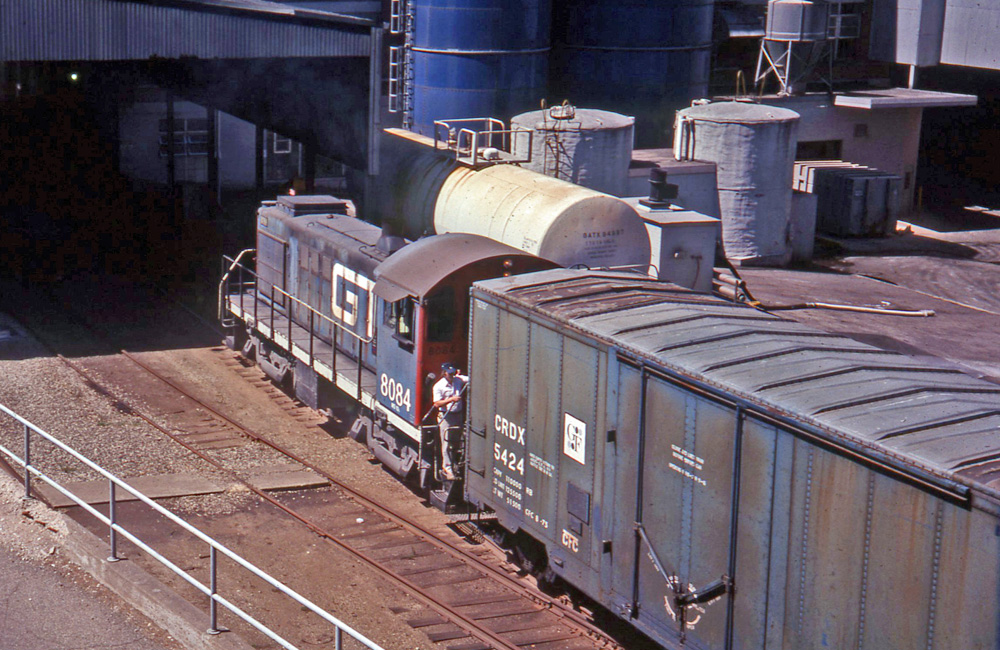
Q: Has Model Railroader ever done a feature on modeling a cereal plant such as Kellogg’s or Post? I’m building a 12″ by 10′-6″ shelf layout which will be entirely that one industry. But I’m not sure how best to lay out the various structures and car spots for covered hoppers, boxcars, food-grade tank cars, […]
Read More…
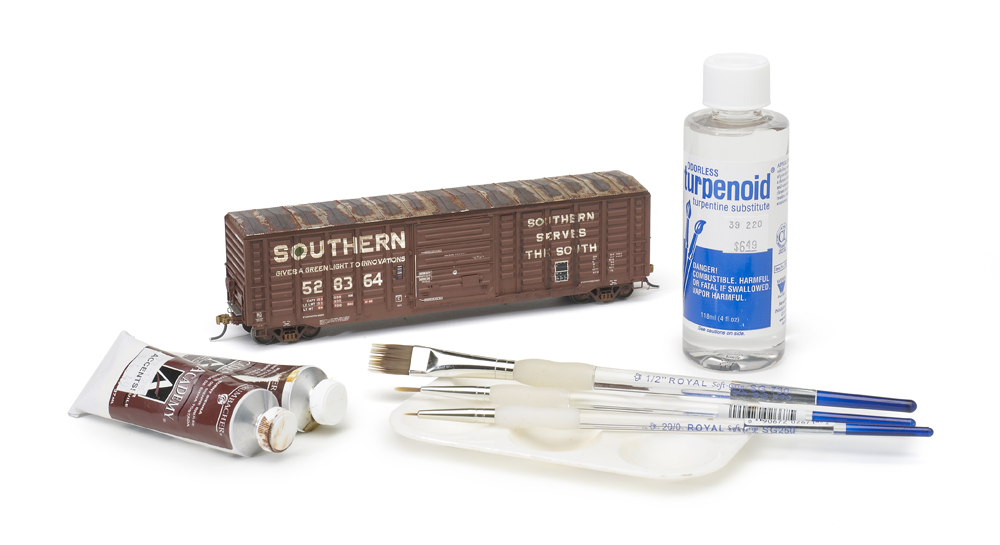
Weathering with artist’s oils: Artists’ oils make it easy to apply weathering washes and simulate rust patches, which I did on this HO scale ExactRail boxcar. First, I put some burnt umber on each body panel and on the door. Then I touched the paint with a 1 ⁄2″-wide paintbrush soaked with Turpenoid (an odorless turpentine […]
Read More…
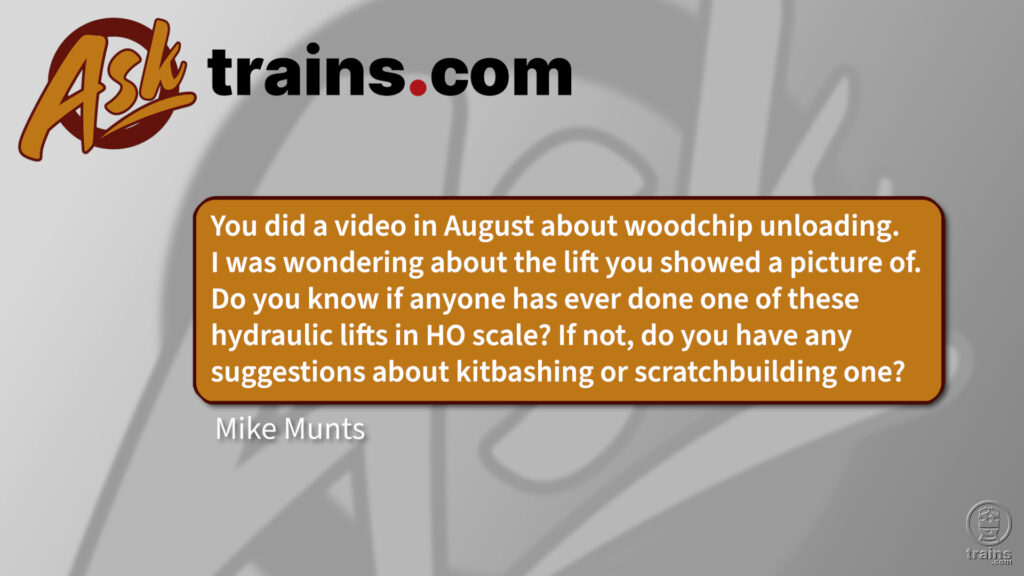
Cody explains how to properly model a woodchip gondola unloader, through kitbashing, custom building, and a Walthers rotary dumper kit. Are you looking to learn more about your model railroad, or do you have questions about full-size trains? Send us an email at: AskTrains@trains.com ………………………………… Ask Trains is a regular video feature of Trains.com for […]
Read More…
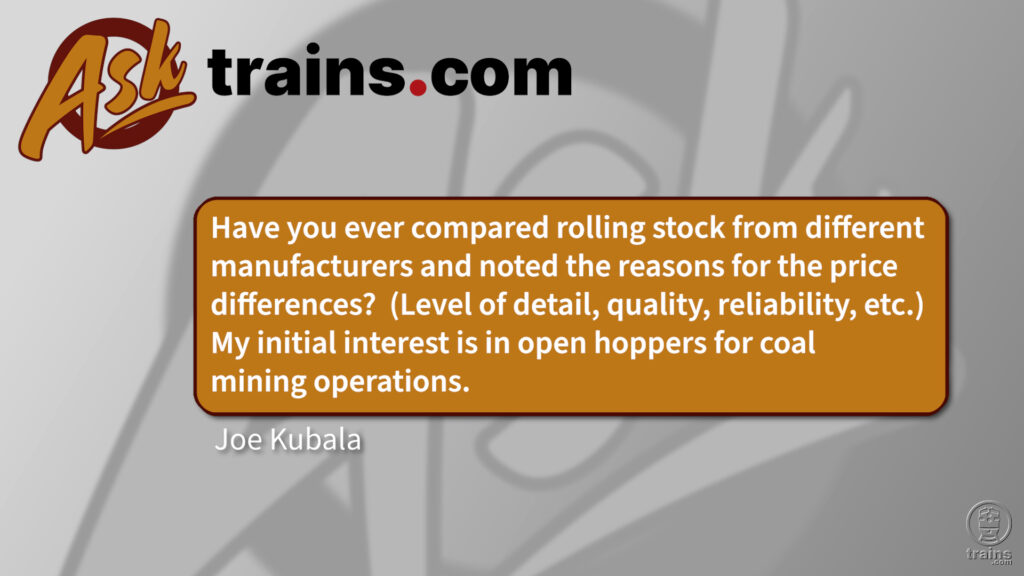
Cody addresses the difference in price between manufacturers in model railroading, and what the different lines offered by certain manufacturers offer. Are you looking to learn more about your model railroad, or do you have questions about full-size trains? Send us an email at: AskTrains@trains.com ………………………………… Ask Trains is a regular video feature of Trains.com […]
Read More…

Cody answers how to scratchbuild right-of-way details for model railroading. Are you looking to learn more about your model railroad, or do you have questions about full-size trains? Send us an email at: AskTrains@trains.com ………………………………… Ask Trains is a regular video feature of Trains.com for magazine subscribers and Trains.com members, where editors answer the questions readers […]
Read More…












